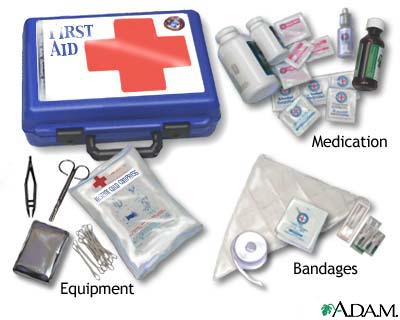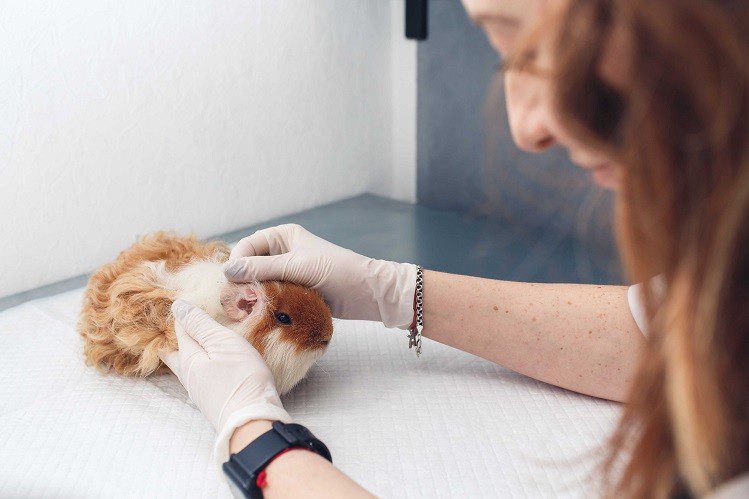
Home first aid kit for a rodent: what to put in it?
A basic first aid kit should always be on hand. About how and what you can provide medical care to rodents and what means to put in the first aid kit, we will tell in this article.
What means and medicines for a rodent must be in the first aid kit?
The ratologist is engaged in the treatment of rodents. It is with him that you need to discuss the issue of what to put in the first-aid kit for rats, guinea pigs and other representatives of the rodent order. The doctor will assess the health of the crumbs, his predisposition to disease and advise certain drugs that need to be kept on hand.
But even if your pet is healthy and alert, this does not mean that an unforeseen situation cannot happen to him. Even a banal wound or scratch must be treated immediately to prevent inflammation.
Open your rodent first aid kit and see if it contains everything from our list of quick help for a pet? And if you are just planning to get a rodent, be sure to buy everything you need in advance.
Here’s what ratologists veterinarians recommend buying for pet rodents:
Sterile bandages, bandages, napkins, cotton pads.
Wound healing ointments.
Disinfectants without alcohol for the treatment of wounds and purulent inflammations (chlorhexidine).
Syringes (for injection or artificial feeding).
Sorbents (for indigestion or food allergies).
Powder for healing wounds and abrasions.
A remedy for helminths (selected individually for each pet, depending on its type, size, weight).
Antiparasitic drugs (for fleas and ticks), agreed with the ratologist.
Hemostatic sponge, hemostatic powder – external hemostatic agents that can be used if, for example, you unsuccessfully cut a claw and touched a blood vessel.
A sedative based on natural ingredients, selected on the recommendation of a doctor.
Vitamin-mineral complexes (must be taken exclusively in veterinary pharmacies: human ones will not work).
Paste for removing wool (especially needed by pussies).
Activated charcoal (will help with diarrhea or bloating).
Ear drops (for the treatment of otitis and getting rid of ectoparasites).
Drops for the prevention and treatment of infectious eye diseases. Coordinate the choice of drops with a veterinarian.
This is a basic set of tools and drugs that should be the default for every owner of a rodent. Depending on the condition of your pet and the recommendations of the veterinarian, the first aid kit will be replenished.
Be sure to conduct an annual audit of the first-aid kit and get rid of drugs that have expired.
After providing first aid to a rodent, you need to show it to a veterinarian as soon as possible so that the specialist can choose a more effective treatment.

In no case do not treat a pet on your own and without consulting a specialist. Anything can go wrong. You risk losing your little friend.
Just in case, we recommend that you write down the contacts of the nearest round-the-clock clinics so that you can call them at any time and consult or, in an emergency, quickly be there with your pet.
We hope that the article was useful, and you will definitely buy all the ambulance supplies for a rodent that are missing in your first aid kit.





